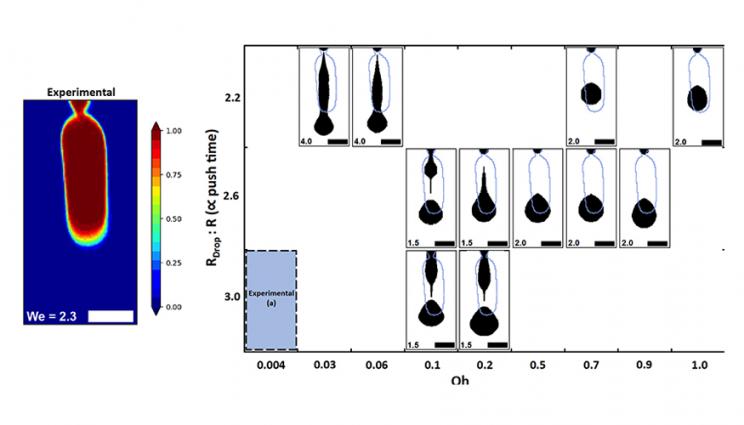A comparison between the experimentally observed ejected droplet shape at break-up (a) and the simulated droplet shape (b) at various operating conditions approaching the experimental conditions. The simulated droplet shape significantly differs from experiments, highlighting the fact that essential physics appear to be missing from the model.
.
A team of Lawrence Livermore National Laboratory (LLNL) scientists has simulated the droplet ejection process in an emerging metal 3D printing technique called “Liquid Metal Jetting” (LMJ), a critical aspect to the continued advancement of liquid metal printing technologies.
.
In the paper, the team describes the simulating of metal droplets during LMJ, a novel process in which molten droplets of liquid metal are jetted from a nozzle to 3D print a part in layers. The process does not require lasers or metal powder and is more similar to inkjet printing techniques. Using the model, researchers studied the […]
Case Study: How PepsiCo achieved 96% cost savings on tooling with 3D Printing Technology
Above: PepsiCo food, snack, and beverage product line-up/Source: PepsiCo PepsiCo turned to tooling with 3D printing...





0 Comments